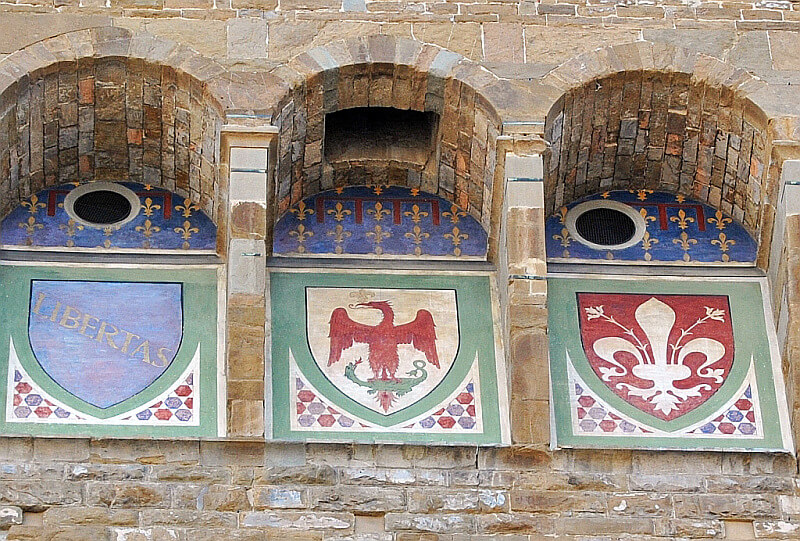
THE LILY OF FLORENCE
Why is the lily the symbol of Florence?
If you love Florence, you will surely know the lily (Giglio in Italian), or Iris germanica var. Fiorentina, or giaggiolo as it is called by Tuscans (not Florentines!), is its symbol and grows numerous throughout its hills. Why has the lily been the symbol of Florence for more than 1,000 years?
Florentia, the city of spring
The lily has been a symbol of Florence since the 11th century. According to an ancient legend, its origin derives precisely from the founding by the Romans of the city on the Arno River named Florentia ("may yours be florid"), precisely on the occasion of the celebrations for the advent of spring (Floralia), the symbol of rebirth, and the goddess Flora. The city, surrounded by flowering lilies, would adopt this very species of Germanic iris as its symbol.
The colours of the coat of arms with the lily of Florence
The colours of the coat of arms were originally reversed; the lily was white on a red background. In 1266, the Guelphs won over the Ghibellines. They reversed the colours to distinguish themselves from the exiles. So they have remained to this day: the official Florentine lily is red on a white background. This is precisely why the coat of arms of the Province of Florence is half Guelph and half Ghibelline!
Less than a century later, Dante also mentions the lily in his work:
" I saw Fiorenza in such factual repose,
That had no cause for it to weep;
With these people saw I glorious
And just her people so much, that the lily
Was not to rod ever set backward
Nor by division made vermilion"
(Dante Alighieri, Divine Comedy, Paradise, Canto XVI, 152.[1])
Button lily and "lilied" lily
The lily of Florence is not a simple lily. It is called a button lily because the petals pass through a "button," that horizontal band that contains them. It indicates a blooming lily and consists of five upper petals (three main and two thinner ones) and lower branches. The lily is also defined as "lilied" (gigliato)! Because the lily itself has four other small lilies at the ends of the upper petals.






 All the services are provided by local merchants
All the services are provided by local merchants By using this site you support Florence
By using this site you support Florence We offer products with high-quality standards
We offer products with high-quality standards You stay sustainable
You stay sustainable It's a 100% trustworthy website
It's a 100% trustworthy website